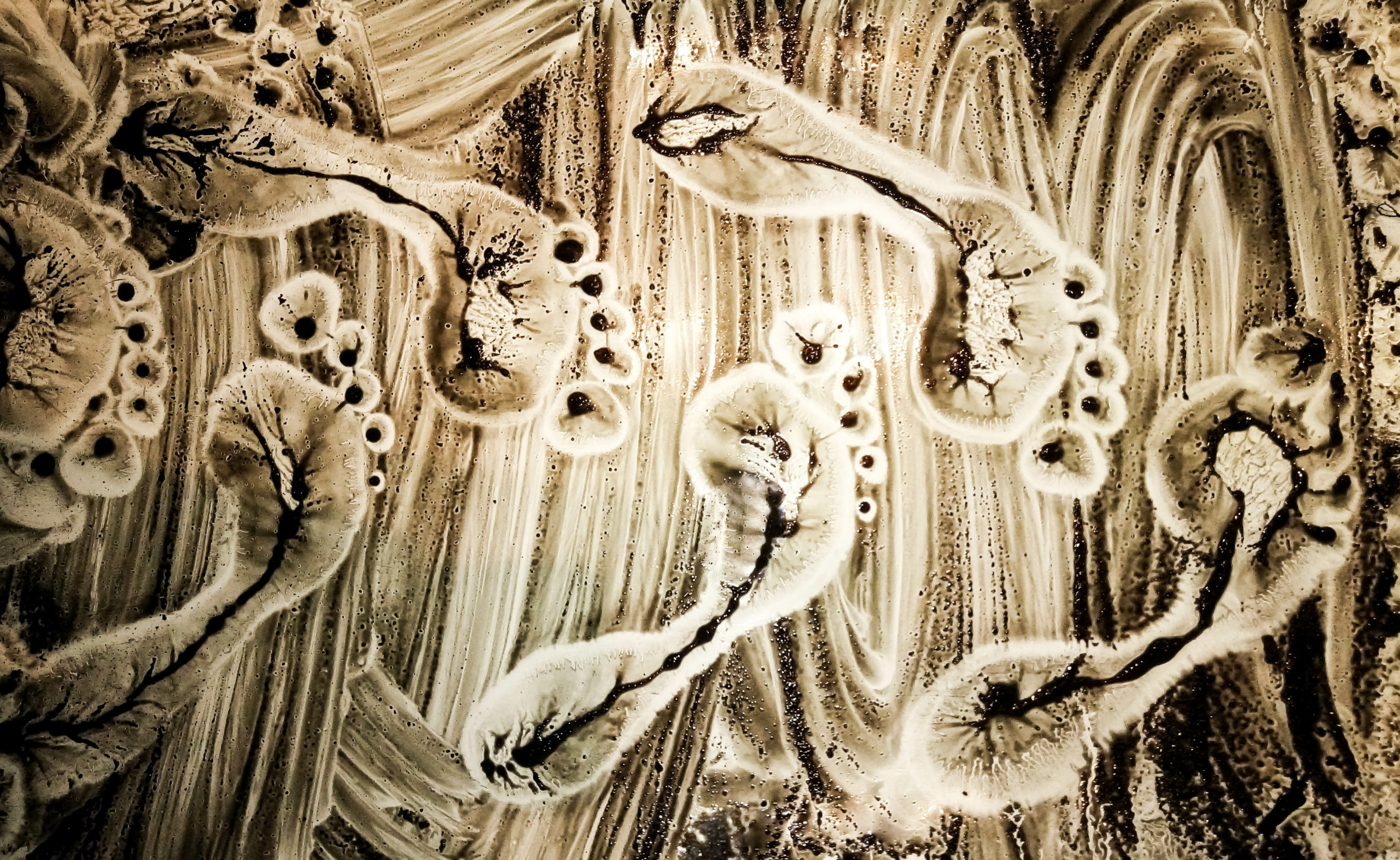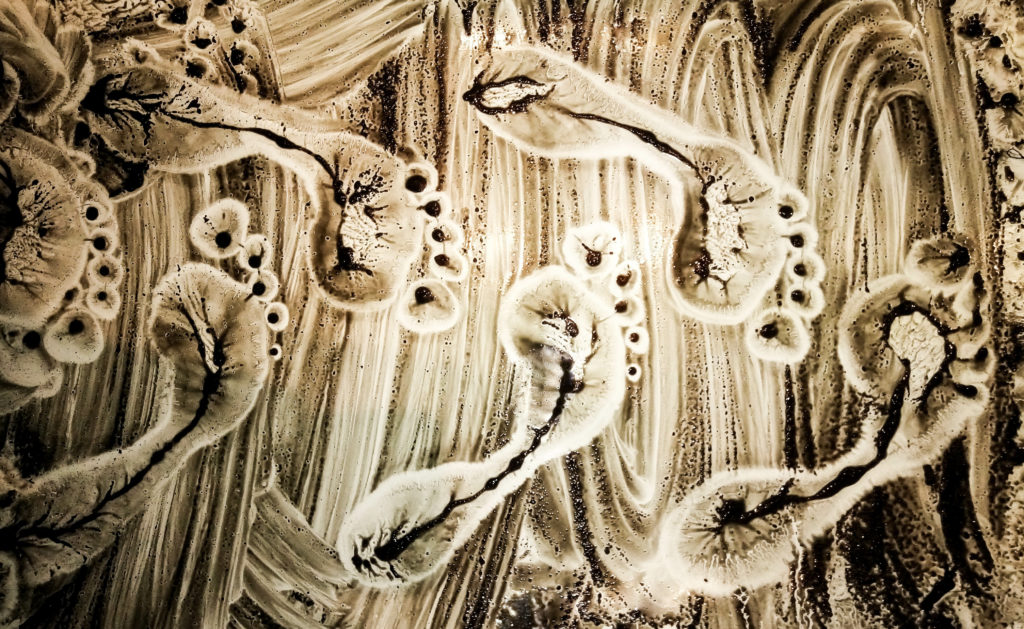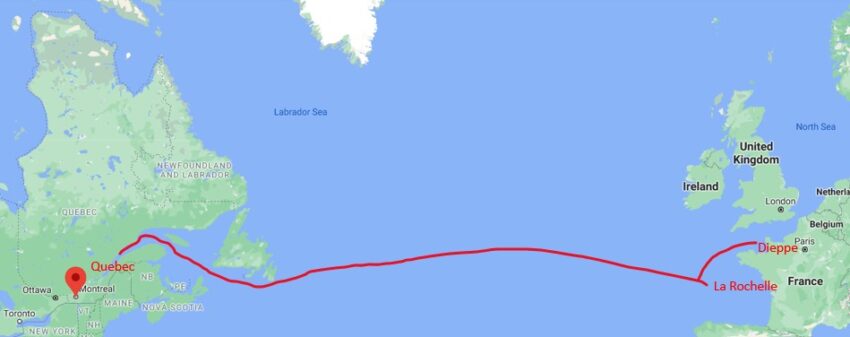SHIP VOYAGE OF MY FRENCH ANCESTOR DURING 1687 -PIERRE JAMME DIT CARRIERE
Details for the ship voyages of my French ancestors are described in a four part blog post:
Part 1: First Wave 1635 to 1659 Link Part1
Part 2: Second Wave 1663 to 1665 Link Part2
Part 3: Third Wave 1667 and 1669 Link Part3
Part 4: Ship Voyage for Pierre Jamme dit Carriere 1687–this blog post
Here is a link to the Introduction to the Atlantic Crossings of my French Ancestors that can be found on the 17th Century footprints tab on this website.
EXPLANATION: FIRST A SHIP VOYAGE LOG THEN A STORY ABOUT MY ANCESTOR PIERRE JAMME DIT CARRIERE
I have been able to determine some crossing details for only some of my ancestors (about 1/3).
This is because the maritime records for the French ancient regime have not survived. And the passenger lists that have survived or have been re-constructed are not complete.
Ship voyage logs have been prepared chronologically by year. For each ship voyage log I have included: the year, the number of ships that arrived from France, the departure port from France, the number of documented arrival passengers, the name of the ship that my ancestor sailed on, the size of the ship, the departure and arrival dates and the voyage length (number of days).
After the ship voyage is summarized, there is a story about my ancestor who came to New France on the ship.
Prior to presenting the ship voyage log and a detailed story for Pierre Jamme dit Carriere, I will provide some background information about the French soldiers sent to New France to defend the colony from 1642 to 1760.

The table above outlines the timelines and the number of French soldiers that were sent to New France. From 1660 to 1760 at least 35 percent of the immigrants to New France were either soldiers or officers. My known ancestors include ten soldiers.
1687
The fleet includes 18 ships bound for New France.
A squadron of ships transports 600 soldiers and ammunition to subdue the Iroquois. The soldiers are Marine Troops from France. France has responded to the increasing Iroquois raids by sending Marine Troops to New France every year since 1683.
The following 7 ships transport only soldiers: La Diligente; Le Fourgon; L’Arc-en-Ciel; La Perle; and Le Profond. La Bretonne transports both soldiers and ammunition. La Friponne transports only ammunition.
The other 11 ships are bringing many barrels of wine and other merchandise, including drinking glasses, soap, olive oil, fruit, cheese, cured meat, and draperies. There are no listed arrival passengers for any of these merchant ships.
Ship: L’ARC-EN-CIEL
Estimated 400 Tons
The Arc en Ciel (Rainbow) was a 40 gun man-of-war ship
Departed La Rochelle May 2 and arrived at Quebec on May 29th, voyage length 27 days.
This is believed to be the fastest crossing of the entire French Regime (prior to 1760). The commander of the troops, Philippe de Rigaud chevalier de Vaudreuil is on board. Does this explain the speedy voyage?
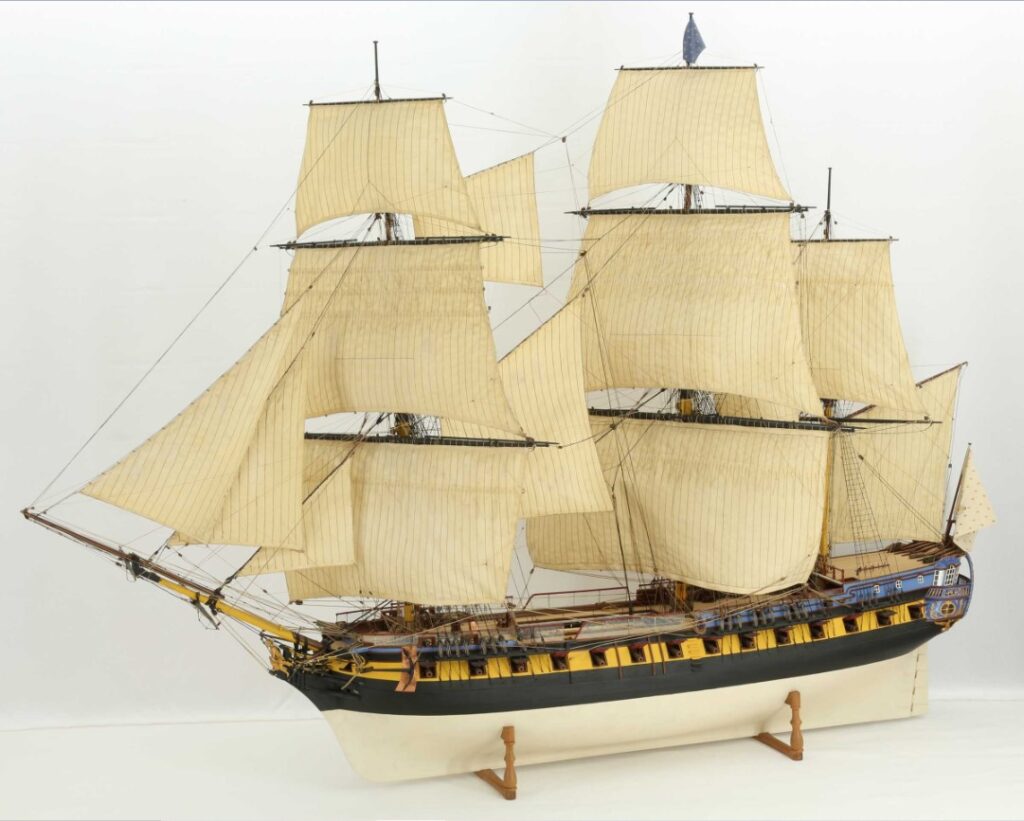
This image is believed to be a good representation of the ship “L’Arc-en-Ciel”. Navy records call this a man-o-war ship. This was an expression for a powerful warship or frigate from the 16th to 19th century. Pierre Jamme dit Carriere is believed to have sailed to New France on a ship such as this.
One of the soldiers on board this ship has a connection to my ancestry:
Pierre Jamme-dit-Carrière (from Lantheuil, Normandy) is the French forefather to my 4th great grandmother Josephte Jamme-Carrier (born 1764) . Pierre married the daughter of another soldier, Pierre Barbary dit Grandmaison (see Part 2 Atlantic Crossings). The impact of the Iroquois raids on the two Pierre’s lives is profound.
Here is a link to the detailed story of Pierre Jamme-dit-Carrière. Below is a brief summary of the story. It is my take on the family history you might say.
PIERRE JAMME DIT CARRIERE -A Soldier in the Marine Troops
Pierre enlisted for military service in New France after recruiting officers visited his small village in Normandy, France. Pierre became a member of the French marine troops who would be present in New France for 77 years (1683 to 1760). Pierre was a member of the Cruesel (Cruzel, Crussel) company.
The company was assigned to the Fort “La Presentation” located at the former western boundary of today’s borough of Lachine of the city of Montreal. The troops were organized into companies of 20 to 25 soldiers, each with a captain and two or three officers at each of the small forts in the Lachine area.
Due to the constant Iroquois threat the Lachine area had several forts in strategic positions on the west part of Île de Montréal along the St Lawrence river. From west to east they were Fort La Presentation, Fort Rolland, Fort Remy and Fort Cuillerier.
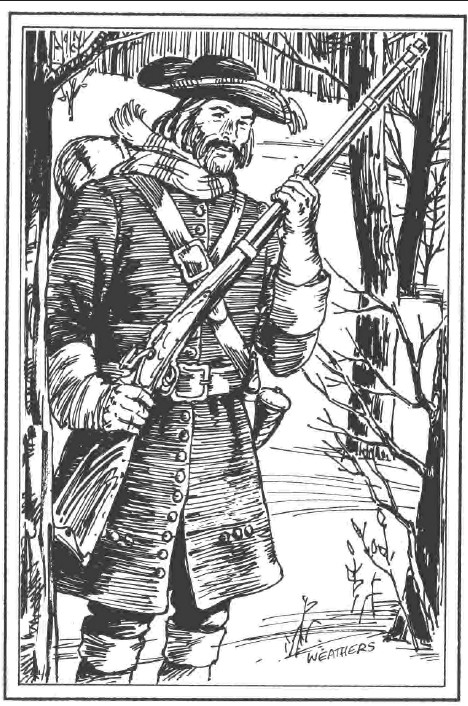
This is a representative image of a French soldier of the Marine Troops in the late 17th century. Source: Our French Canadian Ancestors, Volume 5, p168.
THE SOLDIER MARRIES THE DAUGHTER OF A FORMER SOLDIER
There were no army barracks for the troops stationed at the forts surrounding Montreal in those days. Soldiers were assigned to live with individual families. Pierre Jamme-dit-Carrière (note that Pierre JDC will be used for the rest of this story) lived with a former Carignan Regiment soldier and his family. The former soldier was Pierre Barbary dit Grandmaison. The soldier’s family of 8 (including his wife and 7 children) lived on land granted to him in 1680 that was located between Fort Rolland and Fort Remy.
It is not surprising that about 18 months after his arrival in 1687, Pierre JDC asked his host for the hand in marriage of young Marie-Madeleine Barbary. She was only 15 years old when the marriage contract was signed on October 24, 1688. The marriage took place at L’Eglise Saints-Anges-Gardiens in Lachine on February 29, 1689.
THE IROQOUIS RAIDS AND THEIR IMPACT
During the late 17th Century there were numerous attacks, raids and battles between the French and the Iroquois nations. Both sides used under-handed tactics and retaliation and revenge were the unfortunate result. (Please see the disclaimer at the end this blog post). This story focuses on the raids and attacks in and around Montreal that occurred from the 1680’s until 1701.
In June of 1687 (shortly after Pierre JDC arrived from France), the French led a colonial force of 1200 men in a major attack against the Iroquois. Pierre’s company had just settled into the garrison at Fort Presentation, so he did not participate. The French captured more than 100 Iroquois including men, women and children. Some of these Iroquois would be sent to France to serve as slaves on the galley of the King’s ships. For the remainder of 1687, these French led attacks continued with the destruction of Iroquois villages, harvests and food reserves.
The Iroquois revenge for the 1687 attacks by the French occurred two years later. In April of 1689 two of the newlywed wife’s younger siblings were captured and killed. And in August, 1689 the “Lachine massacre” occurred. This massacre ended in tragedy for several of my ancestors. In a future blog story I will describe the Lachine Massacre and its impact on some of my other ancestors. Here is the impact to Pierre JDC and his in-laws:
- The newlywed and young Marie-Madeleine Barbary dit Grandmaison, her brother Pierre and two younger sisters Marie Francoise and Marguerite, would be taken captive. The 6 month marriage of Marie-Madeleine Barbary and Pierre JDC was interrupted. For more than 11 years!
- Pierre Barbary dit Grandmaison, his wife Marie Lebrun (Fille du Roi) and three of their children would be killed.
LIFE AS A CAPTIVE
By the late 17th century, the Iroquois population had been decimated by disease and continual warfare. The adoption of captives was a way to make up for these losses.
The Iroquois custom was to preserve the life of young people and children who were taken captive. Marie-Madeleine Barbary Jamme (the young wife) and her brother Pierre would have been assimilated into the Iroquois way of life. They would be adopted into an Iroquois family and regarded as part of an enlarged family.
The psychological effect of the Iroquois raid and capture, their adoption, and the assimilation procedures were formidable, but in the end the decision to stay or not lay with the captive. There are captive narratives where the captured chose to remain with their adopted families and not return to their original roots. Marie-Madeleine and her brother would choose to return after more than 10 years.
LIFE AS THE HUSBAND OF A CAPTIVE
What was Pierre JDC to do? His wife was hopefully still alive but believed to be a captive of the Iroquois. The marine troops had suffered significant losses and the number of companies had been reduced from 35 down to 28 in 1689. The fort “La Presentation” was the closest station of defense for the colonists living to the west of the fort. The soldiers stationed there were involved in all of the Iroquois skirmishes in the area.
There are no official records to prove that Pierre continued to serve as a soldier. Most likely he continued to serve in the military or at the very least he helped to defend the colonists as a member of the militia. Pierre is recorded as a witness and/or was present at the weddings of other Marine troops soldiers in 1696 and 1698. This provides evidence to the theory that he “soldiered on”.
In July 1696 a French force of 2000 men devasted two Iroquois Nations camps. This forced the Iroquois to eagerly seek peace. The exchange of prisoners was front and center during the peace talks. The French insisted that the prisoners be returned to Montreal not Albany as the Governor of New York had proposed. The talks were stalled and then moved forward very, very slowly.
THE FRENCH CAPTIVES ARE RETURNED
The return of Marie-Madeleine Barbary Jamme and her brother Pierre occurred at Montreal on September 8, 1700. They were members of a group of 13 French prisoners that were returned as a sign of good faith. (Sadly the two younger Barbary siblings were never heard from again.) The great peace treaty between the French and Iroquois was signed on August 4, 1701.
LIFE IN POINTE-CLAIRE
Pierre JDC and his wife Marie-Madeleine settled on a land concession they inherited from her father at Pointe-Claire. They worked hard as habitants to re-work land that had been neglected for many years. The family and its descendants lived at this location for more than 100 years.
Happily there were 7 children between the years 1701 to 1716. Four children survived to adulthood. Two daughters and two sons. They were all married at St-Joachim of Pointe-Claire. Sadly when the last of these weddings occurred in 1731, Marie-Madeleine had already passed away.
Below you will find a map that shows locations for the Fort La Presentation, the Lachine Massacre, the Barbary dit Grandmaison homestead, and the homestead that Pierre Jamme dit Carriere occupied in the early 18th century.
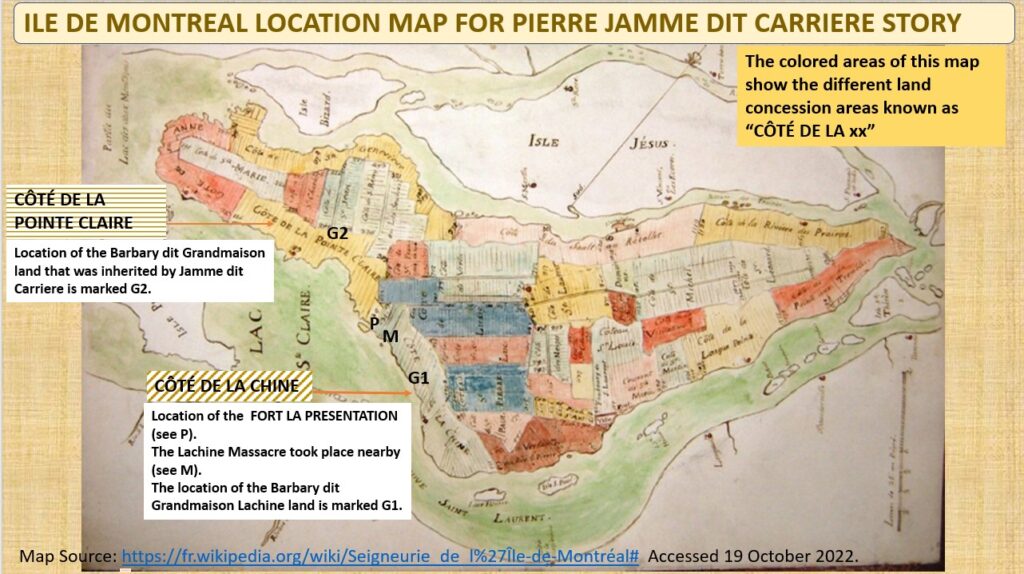
Pierre JDC lived for 9 years after his wife died. He made arrangements for himself and his children well before he died in 1740. In 1735, Pierre JDC donated his land to his surviving children and they all agreed to pay him a pension for the remainder of his life. His youngest son Thomas was nominated and agreed to look after his father during his final years.
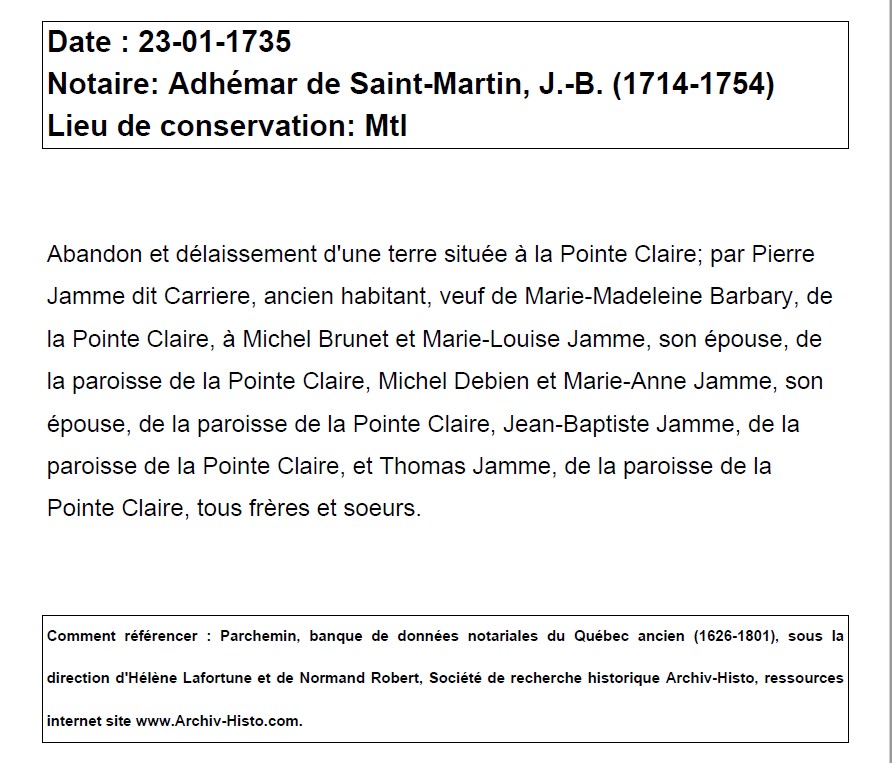
This is the notary file extract that summarizes the legal document that Pierre JDC signed to donate his land to his surviving children.
The English translation can be found below.
English Translation of Notary File:
Abandonment of land located in Pointe Claire; by Peter Jamme dit Carriere, former resident, widower of Marie-Madeleine Barbary, of Pointe Claire, to Michel Brunet and Marie-Louise Jamme, his wife, from the parish of Pointe Claire, Michel Debien and Marie-Anne Jamme, his wife, of the parish of Pointe Claire, Jean-Baptiste Jamme, of the parish of Pointe Claire, and Thomas Jamme, of the parish of Pointe Claire, all brothers and sisters.
FOOTNOTE:
There is a historic house in Pointe Claire that can be traced back to this founding family of Pointe-Claire. The Hyacinthe-Jamme-dit-Carrière house was built around 1780. It is one of the few French inspired 18th century farmhouses to survive to this day. At the beginning of this post I mentioned that Pierre JDC was the French forefather to my 4th great grandmother Josephte Jamme-Carrier. Thomas Hyacinthe Jamme-dit-Carrière who had this house built, was the grandson of Pierre JDC and therefore Josephte Jamme-Carrier was his great granddaughter. Prior to her marriage in 1784, Josephte would have lived in this stone farmhouse.
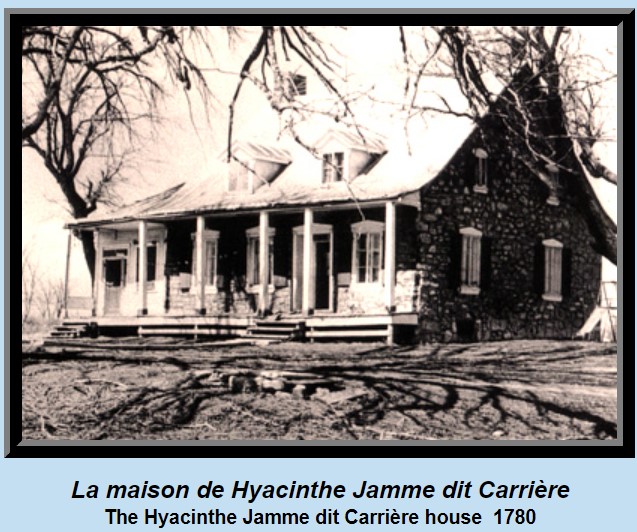

DISCLAIMER
Canada (New France) experienced settler colonialism as Europeans aggressively took lands from Indigenous peoples and over time displaced and then greatly outnumbered them. A truthful portrayal of history includes the fact that there were atrocities committed by both Europeans and Indigenous people. I do not believe it would be appropriate to make excuses for any of these atrocities.
SOURCES
The summary of French Military Units Sent to New France was compiled from several sources:
Book Synopsis & Review of The Regiment: The Carignan Saliére Regiment in Canada 1665-1668 Written by Jack Verney (McGill-Queens University Press, 1991) by David Toupin of the Society of the Filles du Roi and Soldiers of the Carignan Regiment, Accessed 3 August 2022.
The French Canadian Genealogist website:
“The soldier” https://www.tfcg.ca/soldiers-new-france Accessed 11 October 2022.
“The Compagnies Franches de la Marine” https://www.tfcg.ca/the-compagnies-franches-de-la-marine
Accessed 11 October 2022.
John P. Dulong, “Genealogical Research Among the Military Records of New France.” In the Footsteps of the Habitant, 1986 Seminar Annual. Toronto, Ontario. Genealogical Society, 1986, pp. 15 – 37. Available to download at https://habitant.org/articles/DuLong. Accessed 11 October 2022.
The story of Pierre Jamme dit Carriere and Marie Madeleine Barbary dit Grandmaison has been translated from French into English and is available at this link Pierre Jamme and Marie Madeleine Barbary. Note this website is not secure.
The brief description of “LIFE AS A CAPTIVE” was prepared after reading
Ebhardt, W. Scott, “Captive Women among the Iroquois” (2001). Dissertations, Theses, and Masters Projects at W&M ScholarWorks. Paper 1539626328. https://dx.doi.org/doi:10.21220/s2-6xw2-3m64 Accessed 20 October 2022.
The Hyacinthe Jamme dit Carrière house http://www.ourdaoustfamily.com/HyacintheJammeHouse1780.html Accessed 11 October 2022.
And https://www.historicplaces.ca/en/rep-reg/place-lieu.aspx?id=5087 Accessed 11 October 2022.
Image of Soldier of the Marine Troops:
Thomas La Forest “Our French Canadian Ancestors”, Volume 5, page 168.
Ship Image
Found at https://www.modelships.de/French-40-gun-frigate/gEL4A0948.jpg Accessed 11 October 2022.
Ship Information
Gilles Proulx, “Life Aboard the Tall Sailing Ships” Toronto and Charlottetown, Dundurn Press Limited, 1984, page 57.
Rif Winfield and Stephen S Roberts. “French Warships in the Age of Sail 1626-1786: Design Construction Careers and Fates.” Barnsley, South Yorkshire, Seaforth Publishing, 2017, Chapter 4, The Fourth Rank.
Ship Voyage Logs
Two websites were used extensively to document the Atlantic crossing of my ancestors:
Navire Nouvelle France Website https://naviresnouvellefrance.net/ Update: This website is no longer active -I have detailed extracts available upon request.
Guy Perron Blog https://lebloguedeguyperron.wordpress.com/
